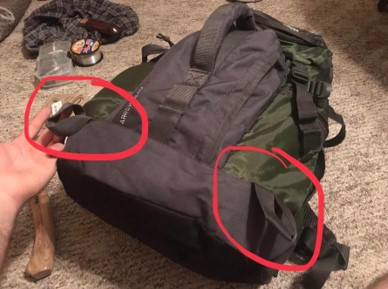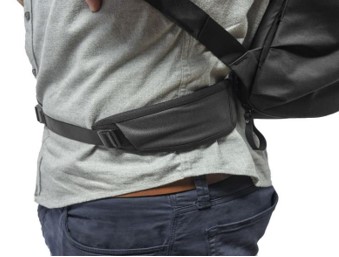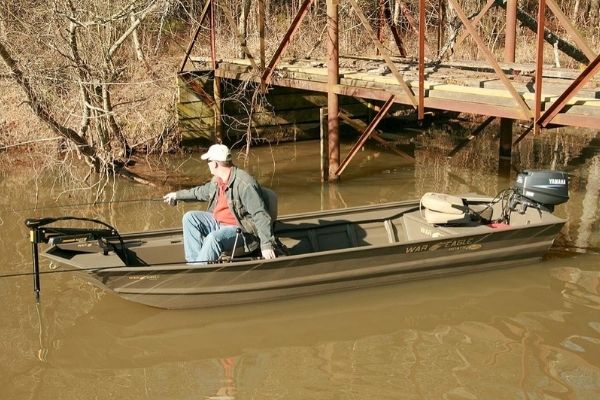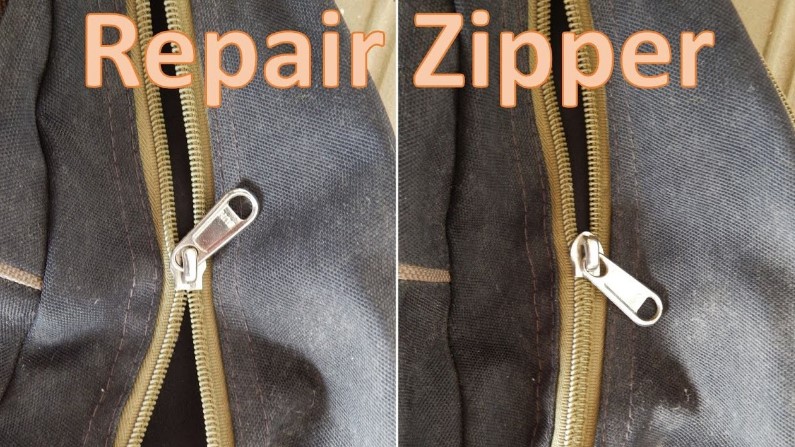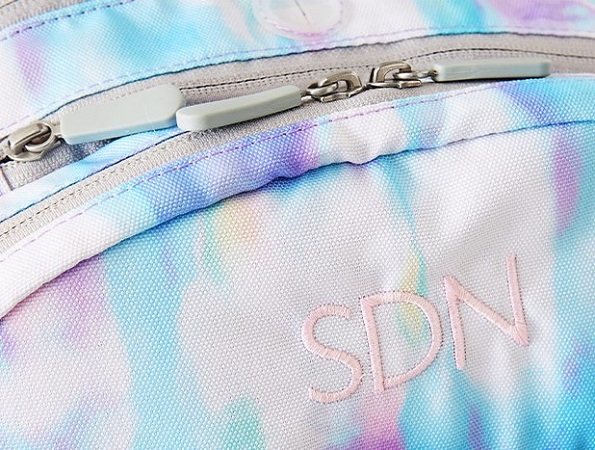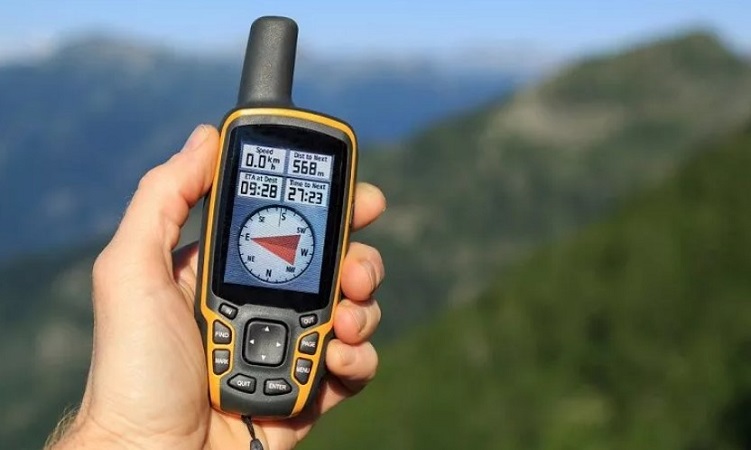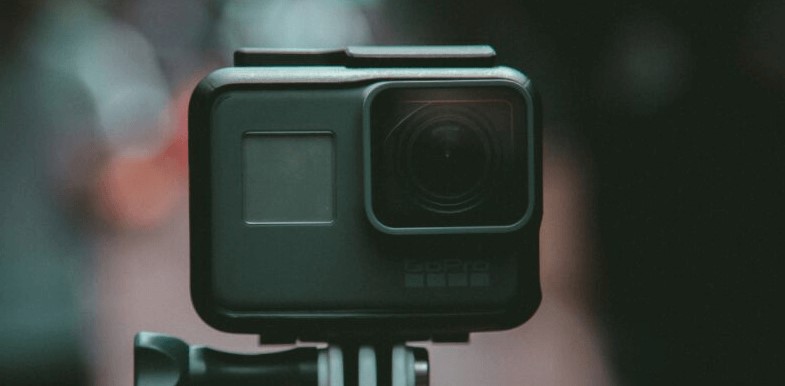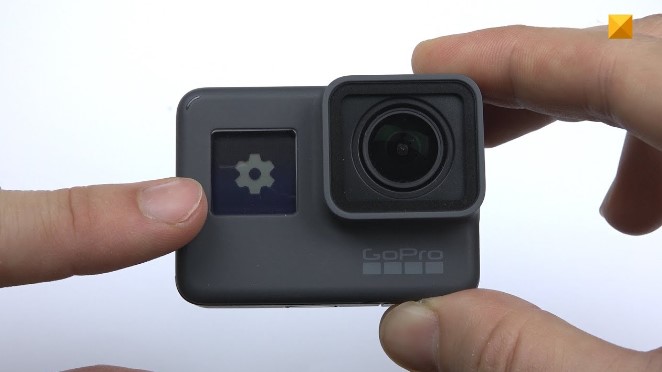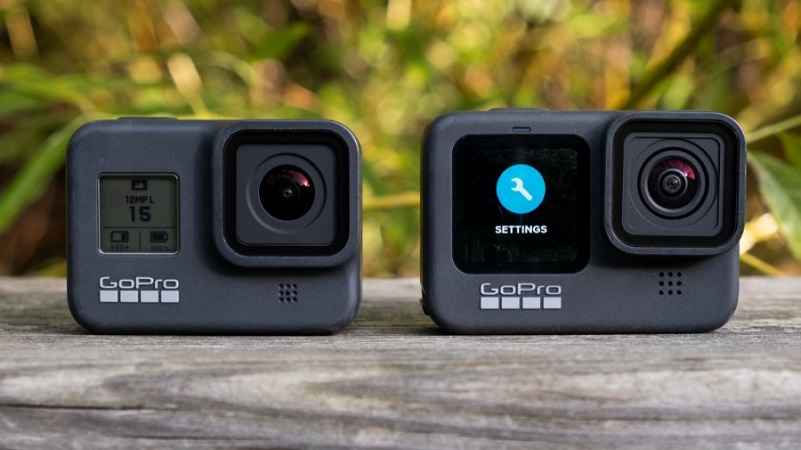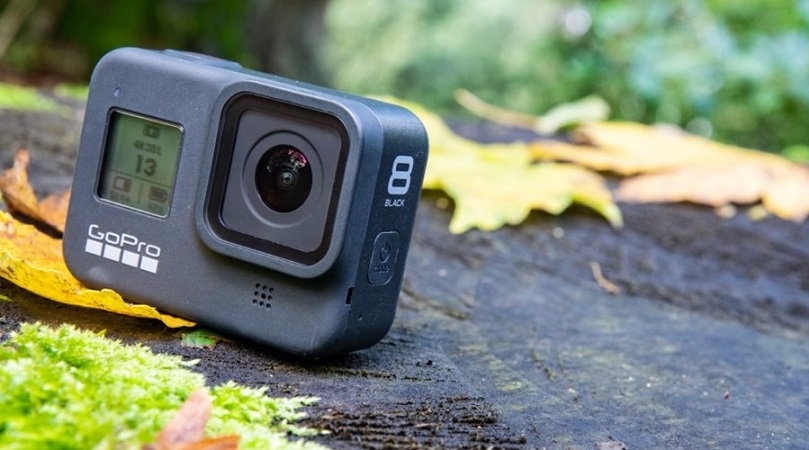Did you know that America is in the 2nd position of countries where people travel the most? As studies show, every American gives 6.70 trips on average each year. Of course! You are one of them. Isn’t it?
On trips, solo or with family, some things are necessary to get. Among those, the most essential is the backpack. This thing doesn’t just hold the clothes but many more things. That’s why it comes with so many loops. But to utilize the backpacks properly, you need to know how to use backpack loops.
Don’t worry! You are exactly in the right place to get your answer. So, let’s proceed without any more delay!
What are Backpack Loops
The curvy or bend line or external points that can bear loads of extra stuff securely outside your backpack’s body are the backpack loops. Additionally, loops come in different sizes and multi-compartment designs.
Specifically, the loop’s material is similar to the backpack attachment straps, and mostly they are made of nylon. But, now, plastic material-built loops are available for larger backpacks. However, some backpack loops can carry projectors or any hiking sticks known as tie-out loops.
The uses of the loops are pretty versatile in all kinds of backpacks. Whether you are using an expensive backpack for hiking or a budget-friendly hunting backpack, all have loops.
How to Use Backpack Loops
“Travel far enough, and you meet yourself.”- David Mitchell. For traveling, mainly if you aim for camping or trekking, or even scouting, backpacks are your partner in your journey. Therefore, backpack loops provide extra hands to carry more stuff like sleeping bags or trekking pools.
So, here we have organized this guide to understand how to use the backpack loops.
Understanding the Type Of the Loop
Firstly, you have to understand what backpack loops are. There are many variations available for it. Specifically, some loops are designed to carry light-weighted stuff, and some can take heavy objects like first-aid kits boxes. So, we made this list of different backpack loops, and they are-
- Top lid loops – It stands right after the top lid with quick connect webbing straps. Generally, it carries lighter backpack attachments or objects with the cover from the ground.
- Back loops – There are so many variations in this loop. It remains right on the top of the back of the bag. Specially, you can carry any stuff horizontally and vertically through it. Also, some backpacks hold two or three back loops on them.
- Bottom loops – The loop is positioned right after the end of shoulder straps on the bottom of the backpack. Specifically, there can on one long loop covering the bottom or two small circles on both sides to hold any stuff.
- Side compression loops – Mostly, it is used for compressing the front, also known as a dedicated sleeve. But it can attach light and thin stuff from the front of the bag right after the chain.
- Shoulder strap loops – As the name suggests, the loops on backpack straps are positioned on the shoulder straps with various designs to hold minor stuff often needed in traveling.
- Hip belt loops – It is positioned in the hip area of the backpack with webbing straps, also known as laptop sleeves. Therefore, you can make it worthwhile to secure gear for backpacking trips or outdoor trips.
- Carry loops – This loop stands right at the beginning of shoulder straps. But you can only use it to carry the bag, and you can’t use it for any attachments or gears. It is also known as a closed-loop or trolly sleeve.
- Special loops – Several unique loops are provided by a few backpacks (i.e., climbing backpacks, frameless backpacks) like ice axe loops, daisy chains, mole nylon webbing loops, etc. Among them, daisy chains are getting popular usability as they can hold at least three gears or heavier loads on the front parallelly with individual loops.
Attachment Tools for The loops
After understanding the loops, you have to pick the attachment for the extra gear like camping gear, digital gear, climbing gear, etc. Additionally, many attachment tools are available in the market, such as carabiners, elastic cords, non-elastic cords, female clips, webbing straps, bungee cords, etc. But we will suggest you use carabiners and hooks to hold the heavy tools or stuffs like a sleeping bag as they can carry it both strongly and smoothly.
Decide and Attach
Now, you must think about the stuff you will carry with the loops and attach it with the tools. Therefore, you have to think about the clothing and equipment whether you need more dress than the tools. Then, you should distribute the loops to hold the stuff you will need.
Here, we will provide the guide to use the loops like a pro,
- For frequently used tools, like GPS, Knife, etc., you must use the shoulder strap loops to quick access them without moving the bag.
- For heavy stuff or tools, like foam sleeping pads, tent, etc. you should use the bottom loops in the back as the lower part of the bag has better performance for carrying heavy stuff. In this case you have be careful enough to attach the sleeping bag to backpack.
- For long-sized tools, like trekking poles, tripods, camping poles, etc., the side compressing loops on the front is the perfect loop. Also, you can use the daisy chains to hold it.
- For light-weighted stuff, like water bottle holders, hiking ropes, etc., you can use the hip-belt loops or hip belts and top lid loops as they have multi-purpose uses. Also, you can carry extra clothes or first aid kits on the top lid loop as it covers them pretty well.
- For uniquecause stuff or tools, like ice axe, customized external pouch, add-on pouches, wet cloth or stuff, etc., the unique loops such as mole webbing, ice axe loops can be handy to use.
Advantages and Disadvantages of Backpack Loops
If you go trekking on a sunny day, it will be a joyride for you. But, when all of a sudden storm breaks in your trekking, it becomes a nightmare for you. So, the backpack loops also have some adfvantages and disadvantages. Here, they are,
The Advantages
- You can carry extra clothes and additional equipment for the travel. Also, you can bring wet or dirty items without any worry.
- The loops can carry all sorts of tools and equipment and heavy stuff like a sleeping bag with them. So, you don’t have to bring extra luggage to have this stuff.
- Backpack loops can be helpful for intersection or wet clearing brush on traveling, which can be a gamechanger for you.
- You can stash heavy tools like telescopes, hiking poles, etc., with the backpack loops and carry them easily for sightseeing and camping as accessory pockets.
- The unique loops like daisy chains restrict the stuff like tripods or poles from spinning or moving. So, you can jump or run with your backpack if you attach this stuff with it.
- The loops can be a lifesaver for you to attach any first aid kit boxes with them. Also, you can carry an efficient amount of water and juice with a water bottle holder connecting with it.
The Disadvantages
- You can feel a bit of discomfort if you use all the loops available with the backpack. Also, it will feel noisy when you will carry it for a long time.
- Unusual use of loops can create mess and hamper the shock of weight transfer to carry the backpack and can be a cause of losing bulky items or heavier items attached with it.
- Wrong attachment clip on the loops can hurt your hip bone or shoulder and can make your shoulder ache in day packs and outdoorsy packs.
- The carrying of the oversized items or pointy items on the loops can slow down your travel as you have to be careful about it in every step.
Conclusion
According to Statista, American is estimated to have about $19.8 billion backpack market value in 2025. So, backpacks are now essential items you have to bring whether you are traveling or sightseeing. Also, you can reduce your extra carriage by using the loops with them.
However, from heavier to lightest items you can carry on any trip,following the instructions we have mentioned here in this article on how to use backpacks.



